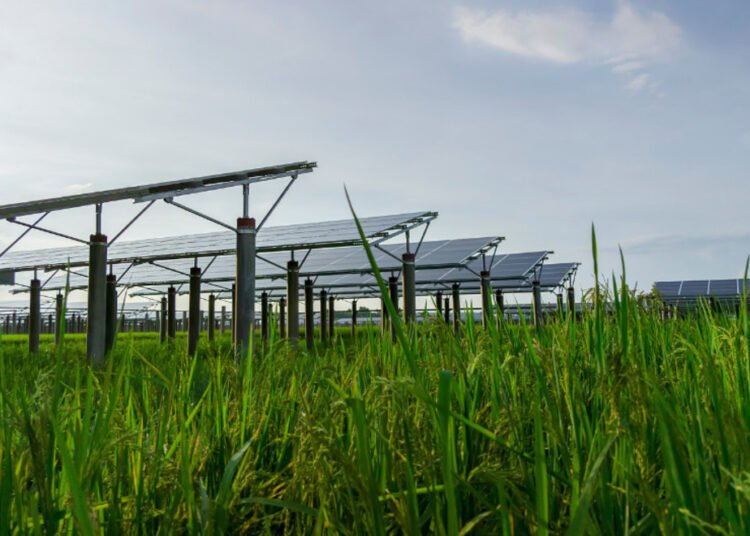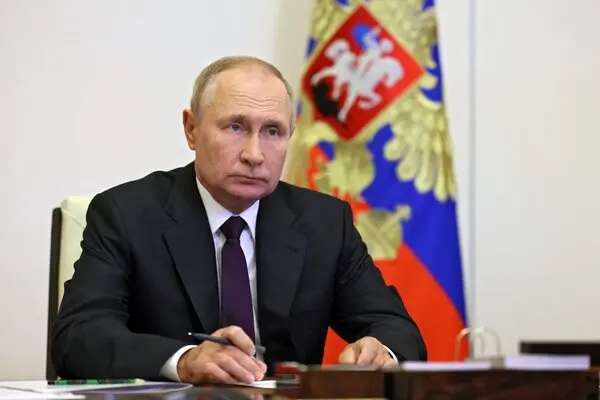The Cabinet Committee on Economic Affairs (CCEA), chaired by Prime Minister Narendra Modi, has given the green light to Phase-II of the Green Energy Corridor, facilitating a 13-gigawatt renewable energy project in Ladakh. The ambitious project, with an estimated cost of ₹20,773.70 crore, aims to be completed by the fiscal year 2029-30. The central government is providing 40% of the project’s total cost, equivalent to ₹8,309.48 crore.
This initiative aligns with Prime Minister Modi’s announcement during his Independence Day speech, where he unveiled plans to establish a 7.5-gigawatt Solar Park in Ladakh. The Ministry of New and Renewable Energy formulated a comprehensive strategy to implement a 13-gigawatt renewable energy generation capacity in Ladakh, complemented by a 12-gigawatt-hour Battery Energy Storage System in Pang, Ladakh.
The Power Grid Corporation will serve as the implementing agency for the project, employing advanced technology such as Voltage Source Converter-based High Voltage Direct Current (HVDC) systems and Extra High Voltage Alternating Current technology to bring this project to fruition. The transmission line for transporting this generated power will traverse Himachal Pradesh and Punjab before reaching Kaithal in Haryana, where it will integrate with the National Grid. An interconnection is also planned, linking this project in Leh to the existing Ladakh grid, ensuring a reliable power supply to Ladakh.
“It will also be connected to Leh-Alusteng-Srinagar line to provide power to Jammu & Kashmir. The project will entail setting up of 713 km transmission lines (including 480 km HVDC line) and 5 GW capacity of HVDC terminal each at Pang (Ladakh) and Kaithal (Haryana),” the government release noted.
This project is in line with India’s commitment to achieve the target of 500 gigawatts of installed electricity capacity from non-fossil fuels by 2030. Additionally, it contributes to enhancing the country’s long-term energy security, promoting ecologically sustainable growth by reducing carbon emissions. Furthermore, it is anticipated to generate a significant number of direct and indirect employment opportunities for both skilled and unskilled personnel, particularly in the Ladakh region.
In addition to this project, Phase-II of the Intra-State Transmission System Green Energy Corridor is already in progress in Gujarat, Himachal Pradesh, Karnataka, Kerala, Rajasthan, Tamil Nadu, and Uttar Pradesh, aimed at grid integration and power evacuation.














